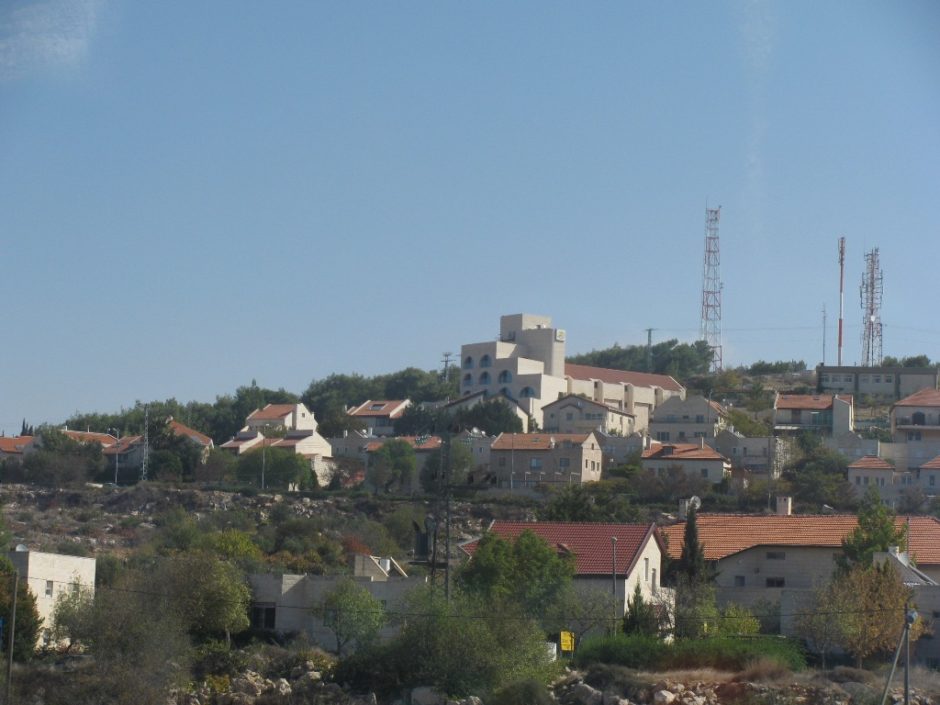Of the roughly 400,000 Jews who’ve settled in the occupied territories since the 1967 Six Day War, approximately 60,000 are originally from the United States. These settlers have played an outsized role in establishing settlements beyond the old Green Line.
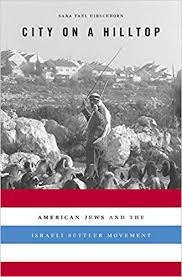
Sara Yael Hirschhorn, a specialist in Israeli studies at Oxford University, zeroes in on this group in her masterful book, City on a Hilltop: American Jews and the Israeli Settlement Movement, published by Harvard University Press.
Jewish American settlement, she writes, combines tropes of “messianic redemption with modern-day pioneering, hawkish territorialism with Jewish history, sacred promise with suburbanization, ultra-nationalism with utopian idealism, and most importantly, liberal values with an illiberal project.”
Hirschhorn claims that the majority of American settlers who immigrated to Israel in the wake of the Six Day War were usually young, single, highly educated, upwardly mobile, traditional but not necessarily Orthodox in their religious practice, and politically supportive of and active in the liberal and leftist politics of the 1960s and 1970s. She adds that 75 percent of them were “strongly Jewish,” having received a Jewish education, observed Jewish dietary laws and belonged to a Zionist organization.
More recently, American Jews who have set down roots in settlements have been far more politically conservative in their outlook. Seventy percent identity with the Orthodox stream of Judaism, 15 percent with the Conservative movement and 3 percent with the Reform branch. The rest regard themselves as unaffiliated.
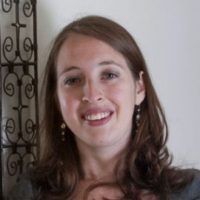
She points out that, before 1967, only a minority of American Jews identified with Zionism and still less made aliyah. The Six Day War changed everything, with Israel becoming “the religion of American Jews.”
In her illuminating study, Hirschhorn focuses on several settlements that drew such immigrants: Kfar Etzion, Hebron, Efrat and Tekoa in the West Bank and Yamit in the Sinai Peninsula. She also introduces us to two American settlers whose beliefs catapulted them into the ultra-nationalist camp — Baruch Goldstein, the medical doctor who massacred more than two dozen Palestinians in a murderous rampage in Hebron, and Shmuel Sackett, an associate of far-right politician Moshe Feiglin, who bitterly fought the Olso agreement.
Kfar Etzion, one of four kibbutzim founded during the British Mandate, was destroyed by the Arab Legion during the first Arab-Israeli war in 1948. Reestablished shortly after the Six Day War with the approval of Prime Minister Levi Eshkol, it was largely resettled by the sons and daughters of its founders. But one-third of its inhabitants would be new arrivals from the United States who were members of the right-wing Bnai Akiva youth movement.
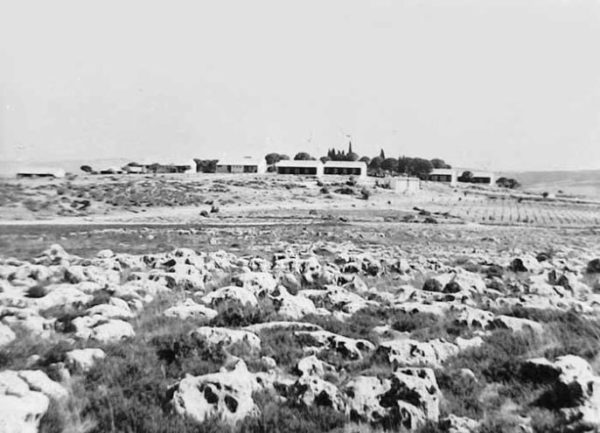
In passing, Hirschhorn mentions Miriam Levinger, a New Yorker and another member of Bnai Akiva. She was the wife of the late Rabbi Moshe Levinger, one of the leaders of the back-to-Hebron movement, which spearheaded the campaign to reclaim Jewish property in that West Bank town.
Among the founding fathers and mothers of Yamit — a settlement created in 1973 and forcibly evacuated and bulldozed in 1982 according to the terms of Israel’s 1979 peace treaty with Egypt — were Americans like Carole Rosenblatt. A resident of Miramar, Florida, and a single mother of three, she arrived in Yamit in 1975. By 1977, it was home to about 250 families. The Israeli prime minister, Menachem Begin, expressed a desire to retire in a nearby settlement, Moshav Naot, but by 1978 it was clear that Yamit’s days were numbered.
Rosenblatt participated in demonstrations protesting Israel’s decision to withdraw from Yamit, but most of its residents resigned themselves to their fate and gladly accepted compensation payments from Israel.
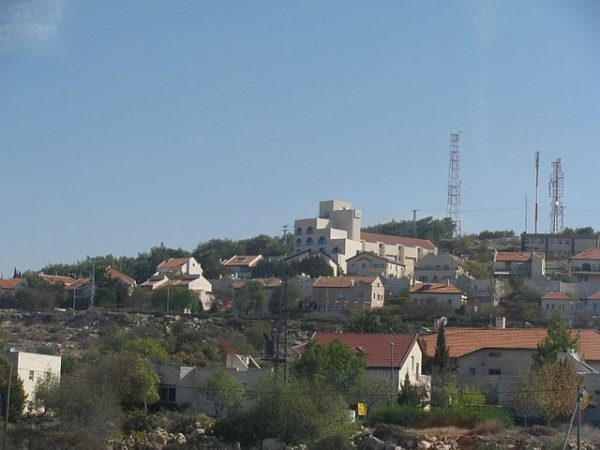
Hirschhorn describes Efrat, an upscale Jewish American enclave in the Gush Etzion region, as a “yuppie paradise.” Efrat, she says, was the product of an alliance between Israeli activist Moshe Moshkowitz and the New York-based modern Orthodox rabbi Shlomo Riskin. While Moshkowitz lobbied the Israeli government for permission to build the settlement, Riskin worked to attract its first residents.
While Riskin believed that the West Bank was an integral part of Israel, he insisted that its municipal boundaries should exclude land with pending Palestinian private ownership claims. Riskin’s progressive self-image, however, has been challenged by accusations that he and his followers expropriated Palestinian land to build Efrat.
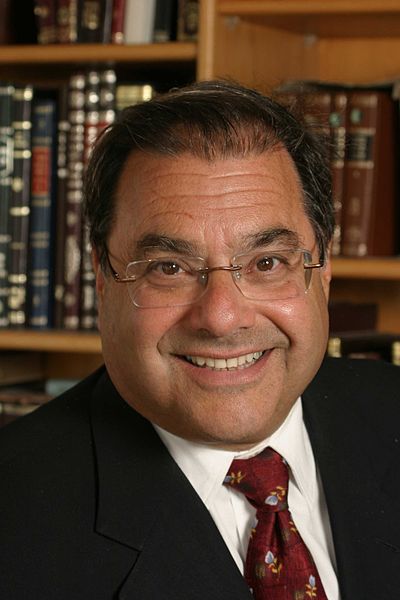
Sixty families were in the original group of Efrat’s settlers in the mid 1980s, but today it is home to about 1,800 families. Fifty percent of its inhabitants are English speakers, or, as they are colloquially called, Anglo-Saxons. Comprised of seven hilltop neighborhoods, Efrat is a full-fledged town with two major commercial complexes. “It remains a preferred destination for Jewish American immigrants moving to the occupied territories today,” says Hirschhorn.
Jewish Americans were also in the forefront of the establishment of Tekoa, a settlement deep in the West Bank. One of its prime movers, Robert (Bobby) Brown, a native of New York City, would later be appointed a top official of the Jewish Agency and the World Zionist Organization.
With a population of more than 600 families, Tekoa was caught up in the violence of the first Palestinian uprising, which broke out at the end of 1987. Settlers in Tekoa also opposed the Oslo peace process. Oddly enough, the settlement’s spiritual leader, Rabbi Menachem Froman, has been a voice for Israeli-Palestinian reconciliation.
Dr. Baruch Goldstein, a Brooklyn-born settler, committed the single most deadly act of terrorism against Palestinians when he gunned down 29 worshippers in Hebron’s Ibrahimi mosque. The Israeli president, Ezer Weizman, dubbed Goldstein and his supporters as “a malignant growth in the body of the nation.” Yet Goldstein was not a unique figure among American Jewish settlers, as Hirschhorn points out.
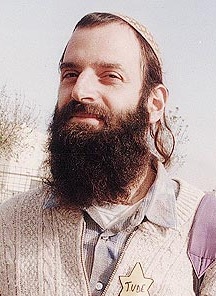
Era Rapaport, who lived in the settlement of Shilo, was one of the perpetrators of the 1980 car-bombing of Nablus mayor Bassam Shaaka. The explosion maimed him for life. Yaakov “Jack” Teitel bombed an Israeli Arab church and left a pipe bomb outside the home of a left-wing professor, Ze’ev Sternhall.
Shmuel Sackett, reared in a modern Orthodox Jewish home in Queens, New York, railed against the 1978 Camp David accords and formed a political partnership with Moshe Feiglin, an extreme rightist who founded the Jewish Leadership movement. During the mid-1990s, Sackett supported the Zo Artzeinu organization, which opposed the 1993 and 1995 Oslo agreements. To this day, he serves as Feiglin’s right-hand man, international spokesperson and chief fundraiser.
He is among the American Jews who have had a significant impact on Israel’s settlement movement, which has exerted a tremendous influence on a succession of Israeli governments.
